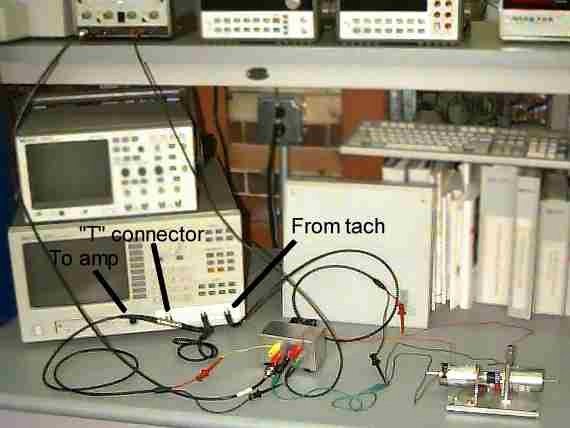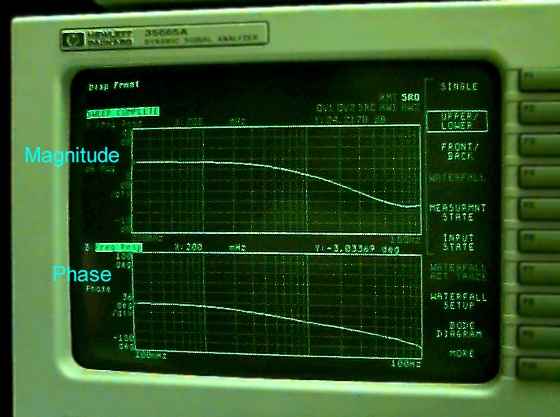 | Using the manual data, plot Magnitude (in dB) vs. frequency, with frequency in rad/s on
a log scale. |
 | Also plot Phase Angle vs. frequency, with frequency in rad/s on a log scale. |
 | Using the bode command in Matlab, plot these same plots using the transfer
function obtained in the step response portion of the lab. |
 | Compare the frequency plots from Matlab, from the manual experiment, and from the
automated experiment both qualitatively and quantitatively. Remember that the
automatically generated plots are plotted with frequency in Hz, not rad/s. How closely do
they match? Are there any extra features in the experimental plots? If so, explain why
there may be extra features. |
 | How might these high-frequency artifacts effect a control system? |
 | If you generated an automated plot over higher frequencies, describe what is happening
at higher frequencies. |

